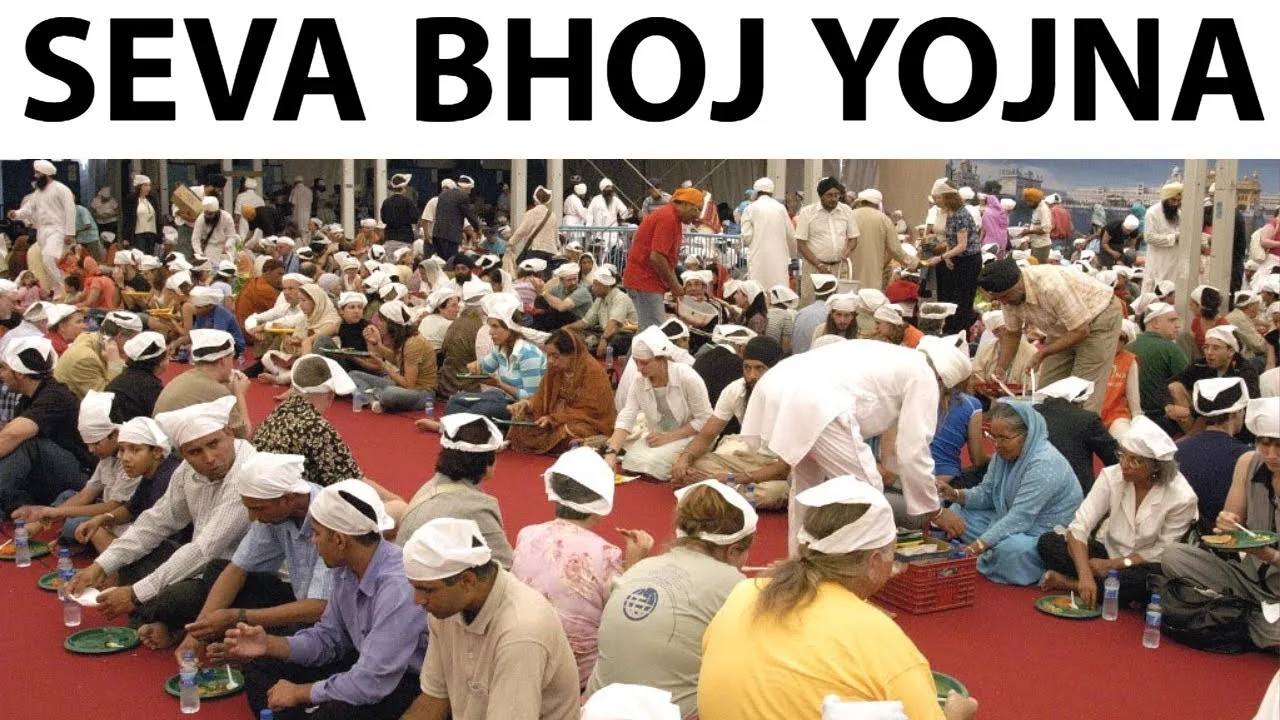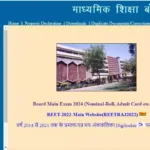Have you ever visited a langar at a gurudwara, a temple’s prasadam distribution, or a mosque’s community kitchen? These places offer free, delicious meals to anyone who walks in, fostering a sense of community and helping those in need. But running such large-scale kitchens can be expensive, especially with the addition of GST (Goods and Services Tax).
This is where the Seva Bhoj Yojna steps in, offering a much-needed helping hand to these charitable religious institutions. Let’s delve deeper into this scheme and understand how it benefits both the institutions and the people they serve.
Understanding Seva Bhoj Yojna: Relief for Religious Charities
Launched in August 2018 by the Ministry of Culture, the Seva Bhoj Yojna is a central government initiative. It aims to ease the financial burden on charitable religious institutions that provide free food (prasad, langar, bhandara) to the public.
The scheme reimburses the Central Government’s share of Central Goods and Services Tax (CGST) and Integrated Goods and Service Tax (IGST) paid by these institutions on specific raw food items. This essentially reduces their overall food expenses, allowing them to continue their service to the community.
Who Can Benefit from Seva Bhoj Yojna?
Seva Bhoj Yojna isn’t open to just any religious institution. Here are the eligibility criteria:
- The institution must have been in existence for at least three years before applying.
- They should serve free food to a minimum of 5,000 people every month.
- Registration under specific legal frameworks is mandatory. This includes being registered under Section 10(23BBA) of the Income Tax Act, Section 12AA of the Income Tax Act for religious/charitable purposes, or being a society/public trust/company formed for religious/charitable purposes.
How Does Seva Bhoj Yojna Work?
The application process for Seva Bhoj Yojna is relatively straightforward. Here’s a basic outline:
- Registration: Eligible institutions can register for the scheme through the official website of the Ministry of Culture https://csms.nic.in/login/sevabhoj.php.
- Filing Claims: Institutions need to maintain proper records of their GST invoices on purchases of specific raw food items. These invoices are then used to file claims for reimbursement of the central government’s share of CGST and IGST.
- Reimbursement: Once the claims are verified, the reimbursed amount is credited to the institution’s bank account.
The Impact of Seva Bhoj Yojna: A Boon for All
The Seva Bhoj Yojna has a positive impact on both the institutions and the communities they serve. Here’s how:
- Reduced Financial Burden: By reimbursing GST, the scheme allows institutions to allocate their saved resources towards better food quality or increased food service.
- Sustainability of Community Kitchens: With reduced financial pressure, these institutions can continue their charitable work of providing free meals to those in need.
- Increased Accessibility to Food: This scheme helps ensure that nutritious and hygienic meals remain accessible to everyone, promoting food security.
The Seva Bhoj Yojna is a thoughtful initiative by the government, recognizing the importance of community kitchens in India’s social fabric. It empowers these institutions to continue their good work, ensuring that no one goes hungry while fostering a spirit of community and compassion.




